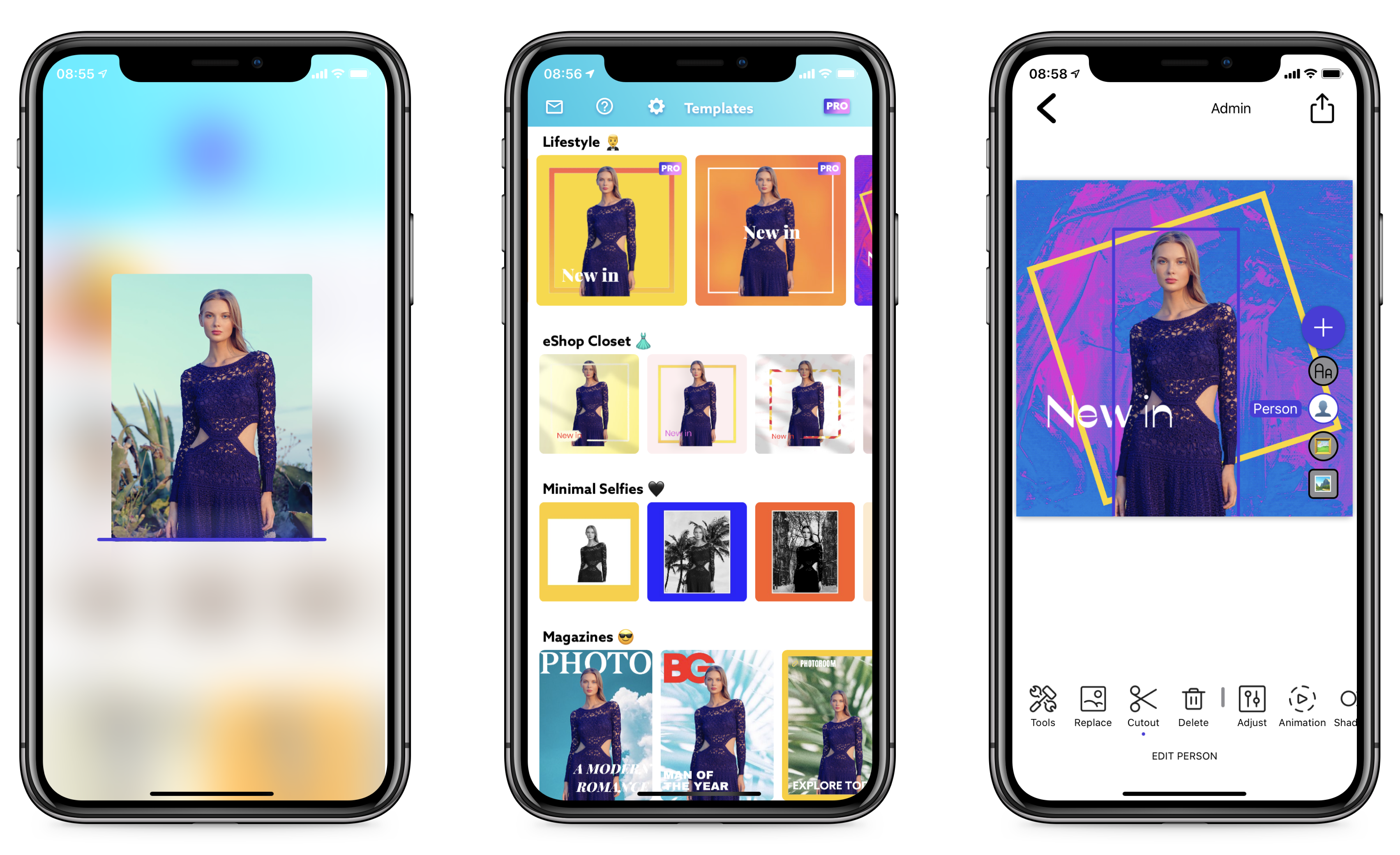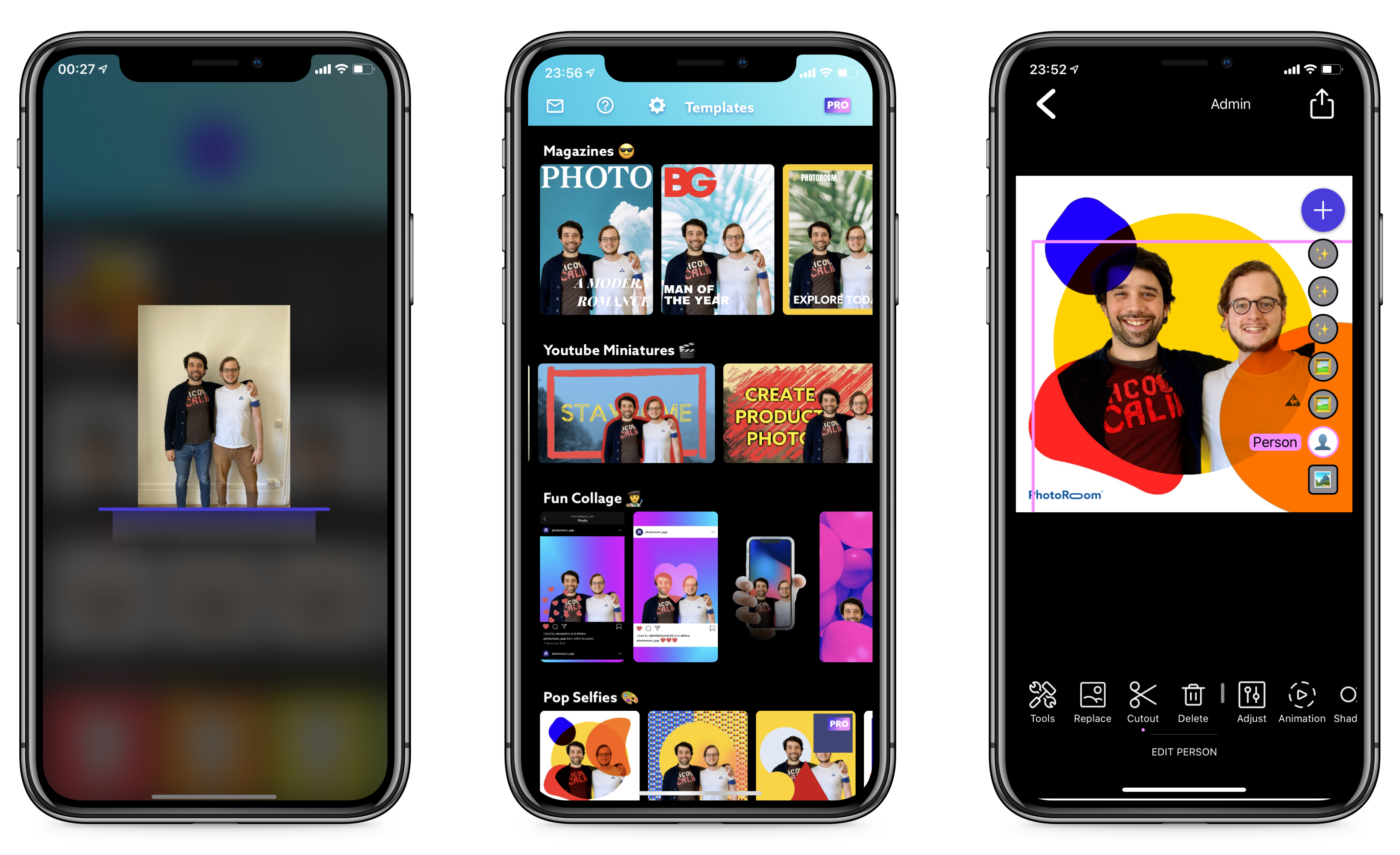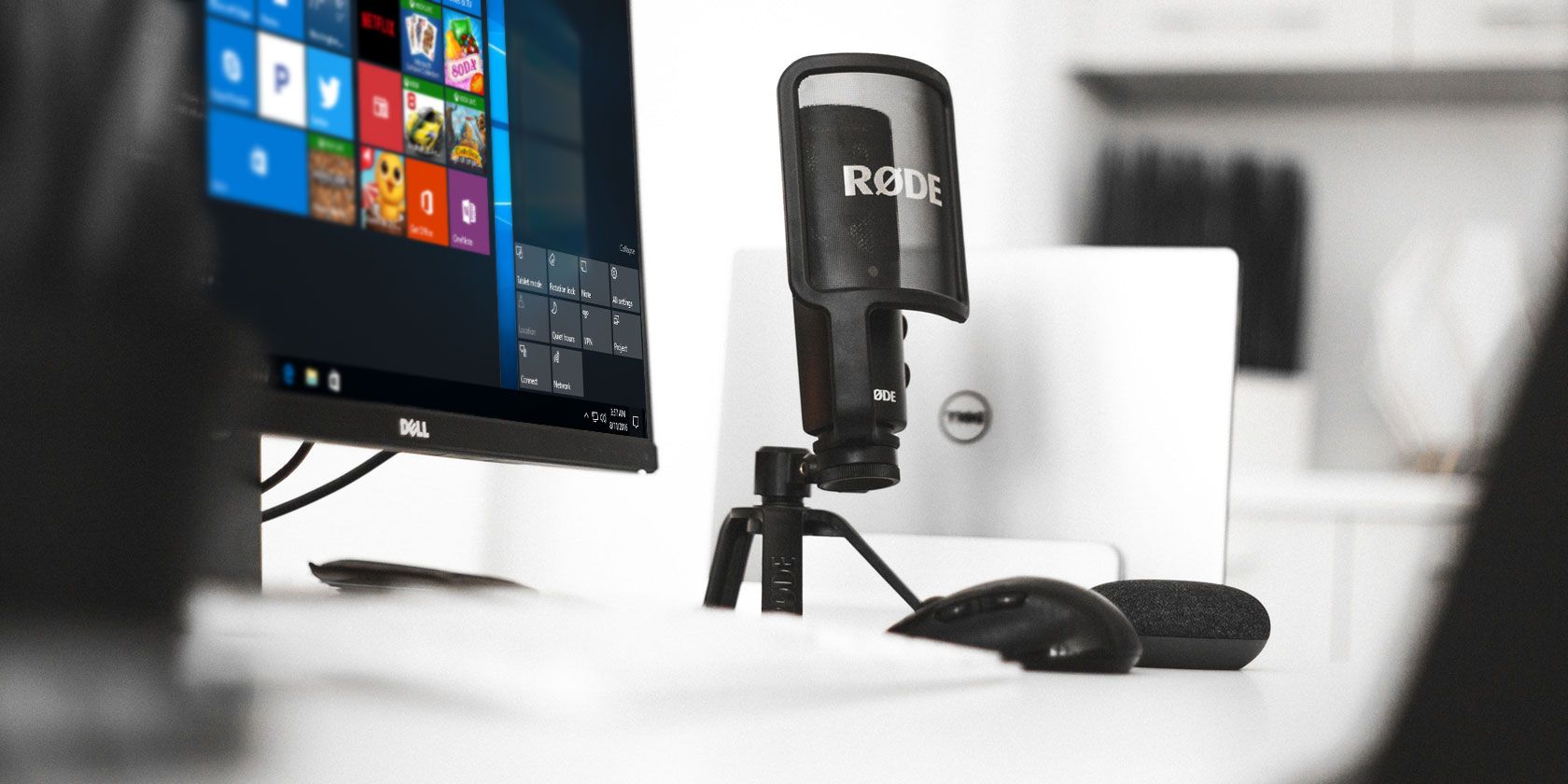Snopes shot to fame as one of several social media fact-checking websites. The rise of fake news combined with the viral capacity of Facebook, Twitter, and other social media sites means some form of background checking must take place.
The difficulty is, who is checking the fact-checking sites? How can a site like Snopes claim to work without bias when it is human nature to do just that?
With Snopes rising to become a prominent online fact-checking service, it left us wondering: is Snopes biased?
What Is Snopes?
![snopes 2020 homepage]()
Snopes is a fact-checking site that aims to debunk or confirm widely spread urban myths. In the early days of the site, Snopes was known as the Urban Legends References Pages and focused more on actual urban legends.
During the 2000s, users began submitting more content focusing on online tales and stories, as well as seemingly incredible or ridiculous news articles. It wasn’t long before Snopes began fact-checking a wider array of tales than urban legends.
Snopes now checks thousands of urban legends, viral stories and pictures, regular news stories, rumors, and social media posts. Over the years, the Snopes’ fact-checking focus has turned increasingly political as readers want their leaders’ statements fact-checked and clarified.
The issue remains, however. Even though the fact-checking site is older than Google, can you trust Snopes?
Is Snopes Reliable? Or Does Snopes Show Bias?
As Snopes’ primary role is to debunk or confirm all kinds of fake news and urban legends, it receives understandable scrutiny. After all, this is a website that began life checking in on internet rumors regarding celebrity flings and otherwise, and now is a frequently cited fact-checking source for millions of people.
Let’s take a look at Snopes.
How Does Snopes Fact Check?
The Snopes fact-checking process is as you might expect. The research and editorial team note that a news story or particular image is receiving lots of attention. Or, the team receives a tip regarding a potential myth that requires busting (or confirming).
The editorial team attempts to contact any relevant parties to receive a first-hand account of the story. From there, it is a case of collecting supporting information from a variety of sources. Snopes attempts to use non-partisan information and data sources where possible.
In some cases, this is simply impossible. As such, the Snopes team reviews the fact-checking article before publishing to ensure it meets the correct standard. Furthermore, you can vet Snopes fact-checking sources yourself. At the bottom of each Snopes article is the Sources section. Click the dropdown arrow to see the full list of Snopes fact-checking sources for the article in question.
![snopes sources box]()
According to the Snopes fact-checking explainer, there is no single fact-checking template. As Snopes fact checks such a range of topics, there is no single process.
The other thing to mention is that Snopes promptly corrects any mistakes it publishes. When Snopes makes a correction, you can find a list of changes at the bottom of the fact-checking article.
Who Funds Snopes?
The second thing to consider is Snopes funding sources. Who is paying for the Snopes fact-checking service?
According to the Snopes Disclosures page, Snopes is almost entirely funded through digital advertising sales, paid memberships, direct contributions, and merchandise sales.
Snopes also states that no funding source, such as an advertiser or vendor, has direct contact with anyone from the Snopes editorial team. Keeping the two separate helps maintain the impartial approach to Snopes’ fact checking.
The Disclosure page also provides a basic overview of the Snopes financing and spending for the previous year. While Snopes does not provide a detailed list of its paid memberships or charitable contributions, it does advise that it will disclose any single contribution exceeding $10,000 or more than 5% of total revenue.
At the time of writing, Snopes is running its first crowdfunding campaign, which allows readers to purchase a Snopes membership. The membership comes with various perks, such as an ad-free experience, and allows Snopes to keep the lights on while remaining independent.
Is Snopes Liberal?
Snopes is painted as a liberal bastion, helping liberal and left-wing journalists and news outlets decry and attack anything remotely conservative. Rumors regularly appear linking Snopes with George Soros and other bogey-people to discredit any fact-checking efforts.
The perception of Snopes liberal-leaning in part comes from a discredited story regarding another fact-checking website, FactCheck.org.
A story shared countless times on Facebook advised readers that “FactCheck.org exposed Snopes.com as an extremely liberal propaganda site with an agenda to discredit anything that appears to be conservative.”
The story was also accompanied by a picture allegedly showing Snopes founder and CEO, David Mikkelson, alongside George Soros. Mikkelson himself said that the person in the image “Has dark, dark hair, and there the resemblance to the photograph ends.”
Since then, the story has been discredited multiple times.
Snopes’ Trump Conundrum
Another reason for Snopes’ perceived liberal bias is that one name appears on the website more than most: Trump. Whatever your take on President Trump, one undeniable fact is that he is a constant stream of information—rightly or wrongly.
As Snopes fact checks many of President Trump’s Tweets and other assertions, of which there is a considerable volume, it is only understandable that there is a strong perception that Snopes leans liberal in its attempts to clarify his messages.
Typing “Trump” into the Snopes search bar is equally revealing; 100 pages, each with ten links containing the keyword.
However, Mikkelson refutes this image of liberal bias, especially against President Trump, stating that,
“[…] the vast majority of them are debunking false claims made about him, not affirming negative things said about him or disproving positive things said about him.”
Looking at the broader picture, then, gives a better definition.
Fact-Checking Site Perception Depends on Political Stance
The bias you perceive a fact-checking to have, be that liberal or conservative depends on your political stance. Several studies indicate that Republican supporters and Republican-leaning independents maintain a strong distrust of any fact-checking sites, including Snopes. Whereas, Democrat and Democrat-leaning independents are more likely to trust a fact-checking site.
![pew research fact checkers favor one side]()
A 2019 Pew Research poll found that around 70% of Republicans believe fact-checking sites favor one side, while this figure falls to 29% of Democrats. Interestingly, 29% of all respondents were “very confident” in fact-checking news stories themselves, with a further 46% feeling “somewhat confident” in their abilities.
![pew research americans confident in news story]()
This isn’t to knock either side of the political spectrum. Fact-checking the claims of our leaders is inherently political. Human nature is to protect what we believe in, and with that, people will defend from or reject information inconsistent with their ideology.
Another thing to consider is the range of fake news that focuses on conservative supporters, rather than liberal. The volume of fake news targeting conservatives is higher than for the opposite side of the aisle. Snopes fact checks all news stories and rumors regardless of political stance. But, as the volume of news targeting conservative voters is higher, so are the number of stories fact-checked and debunked.
What About Snopes Partnership with Facebook?
As one of the most popular fact-checking websites, Snopes is perfectly positioned to debunk the rampant spread of fake news throughout Facebook. In 2017, Snopes partnered with Facebook to fact check for the social network, receiving $100,000 for their fact-checking work in the first year, and $406,000 in the second year.
However, in early 2019, Snopes announced it would no longer work with Facebook. At the same time, the Associated Press also announced it would no longer fact check on the Facebook site, either.
Snopes split from Facebook so it could “determine with certainty that our efforts to aid any particular platform are a net positive for our online community, publication, and staff.”
Furthermore, David Mikkelson, and Snopes head of operations, Vinny Green, said that Snopes “have not ruled out working with Facebook or any other platforms in the future.”
Snopes Ended the Facebook Partnership
The Guardian later reported that the partnership ended due to pressure from the Snopes editorial team.
Brooke Binkowski, former managing editor of Snopes said,
“They’ve essentially used us for crisis PR. They’re not taking anything seriously. They are more interested in making themselves look good and passing the buck… They clearly don’t care.”
Another Snopes content editor, Kim LaCapria, left the fact-checking site in part due to frustrations with the Facebook partnership. As LaCapria states, Facebook wanted the “appearance of trying to prevent damage without actually doing anything.”
Although Snopes maintains that all editorial staff remains separate from the commercial side of the businesses, Binkowski said that she believes Facebook pushed Snopes to prioritize debunking stories regarding Facebook advertisers over other misinformation.
So, what do you take from all of this?
Well, Snopes broke off the partnership with Facebook. The relationship proved negative to the Snopes editorial team, as well as its impartial stance on urban legends and viral news. Deciding to cancel the fact-checking partnership is a positive step and one that recognizes the differing views on fact-checking between the two parties.
Criticism of Snopes
There are criticisms of Snopes, of course.
In some cases, critics wonder how Snopes could accurately fact check an unfolding story. Gaining access to first-hand sources in some cases is impossible due to legal obligations. Snopes works around these issues using a wide range of sources, but it does raise some cause for concern.
Another example is Snopes hiring a fact-checker that had run for political office under the ticket of a specific party. Many people would believe that openly supporting a specific party might preclude you from what must be a non-partisan role. David Mikkelson disagrees, believing anyone can work as fact-checker in the right team.
Finally, Snopes doesn’t scale well. By Snopes’ admission, it is incredibly difficult for them to counter a growing tide of misinformation. The COVID-19 pandemic is a prime example of this issue.
The sudden surge in global misinformation regarding the coronavirus overwhelmed the Snopes team. It isn’t easy to hire exceptional and impartial fact-checkers at the drop of a pin, especially during such trying times.
I should add that this isn’t a “criticism” of Snopes, as that would be unfair. Rather, it is a nod to an operational issue that affects the output of the fact-checking website at a critical time.
If you don’t want to contribute to fake news, check out our tips on how NOT to spread fake news during a crisis.
Snopes Is Extremely Well Regarded with Other Fact-Checking Sites
Fact-checking websites are important. Vital even, as regular internet users attempt to figure out what is real news and what is misinformation. Even though there are numerous fact-checking sites available, almost all rate Snopes as one of the best fact-checking options around.
In short: Snopes is not fake news.
Several studies from various independent researchers include Snopes in their most trusted fact-checking site lists. Checking the independence of those sources is another story, but the majority include reasoning and methodology for their selections. This allows you to further verify Snopes as well as other fact-checking websites.
You can find some of those independent fact-checking sites in our list of the best fact-checking sites for unbiased truth.
Read the full article: Is Snopes Biased or Reliable? 5 Facts About Its Accuracy














 #photoroom
#photoroom













